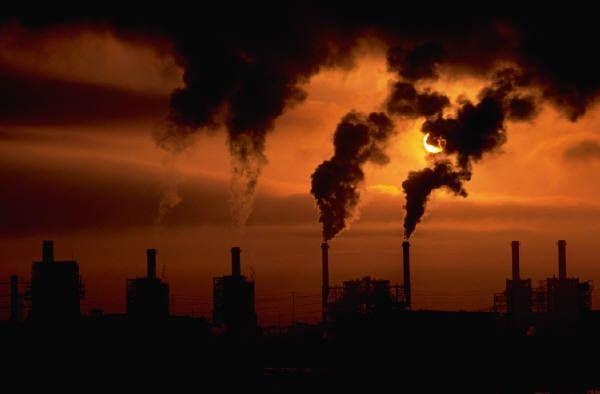Influence Analytics: follow EPA’s greenhouse gas proposals

June has been a banner month for on the issue of global warming policy. Earlier this month, the Obama administration announced new plans to require existing power plants to drastically reduce their carbon emissions. Then, this week, the U.S. Supreme Court resoundingly upheld the authority of the Environmental Protection Agency’s efforts to regulate greenhouse gases over the past seven years, although it did reverse a rule that would have exempted many small sources of carbon dioxide emissions from permitting requirements.
Action in recent years largely has been at the EPA and in the courts, where following the tangled mix of proposals can be a challenge to non-experts, but is avidly watched by the major power players, in large part industry groups such as the American Petroleum Institute and the U.S. Chamber of Commerce versus environmental advocacy organizations such as the Natural Resources Defense Council and the Environmental Defense Fund.
Sunlight has put together a guide to the EPA’s major proposals below, with links to our Docket Wrench tool, where curious minds can examine the text and also similarities among of the some 5.6 million comments to date received by the agency by individuals, companies, trade organizations and more. Typically it is the environmental groups that organize massive letter writing campaigns, while industry groups tend to concentrate their efforts on submitting lengthy technical comments. (Unfortunately the EPA does not post the text of all of these comments online; therefore, Docket Wrench comment analysis is restricted to a subset of the comments which are available. This also explains why total comment counts in Docket Wrench are different from those contained on Regulations.gov.)
The rules fall into three general categories: Rules laying the groundwork for EPA greenhouse gas regulation, including permitting; rules governing emissions by motor vehicles; and rules setting standards for power plant emissions.
The stage was set in 2007, when the U.S. Supreme Court ruled in Massachusetts v. EPA that greenhouse gases are pollutants under the Clean Air Act, and that the EPA — then under control of a reluctant Bush administration — must move forward to determine whether these gases endanger public health and welfare and if so, must regulate them.
Although President George W. Bush’s EPA did take some steps forward, the action really got started when President Barack Obama took office in early 2009. That year alone, the EPA proposed two new rules. The first was the “endangerment” rule, which declared that “six greenhouse gases taken in combination endanger both the public health and the public welfare of current and future generations,” and also that new motor vehicles contribute to greenhouse gas pollution. The second, known as the “tailoring” rule, made a determination that the threshold for requiring permits of sources of carbon dioxide pollution be limited to those emitting more than 100,000 tons of the gas per year.
In 2010, the EPA moved forward on regulation of motor vehicles with a suite of proposals, in concert with the National Highway Traffic Safety Administration (NHTSA). One proposal issued standards for reducing emissions from heavy duty vehicles — trucks, vans, tractors, etc. That regulation is currently under challenge in U.S. District Court in the case Delta Construction v. EPA. Another proposal regulates light duty vehicles for model year 2012 through 2016. Finally, a third rule sets standards for light weight vehicles for the years 2017 and beyond. In 2013, the Supreme Court declined to hear a petition challenging the first set of light weight vehicle regulations.
The third set of rules deal with standards for emissions from power plants, and by far is capturing the most public attention as measured by submitted comments — 4.2 million and counting. In April 2012, the EPA issued proposed standards for carbon emissions for new electric power plants. After receiving a whopping 2.5 million comments, the agency issued a new version of the proposal this past January. Comments were due by March. Then, earlier this month, Obama made a major announcement that he would move to cut emissions from existing power plants. Comments on this proposal are due in October.

